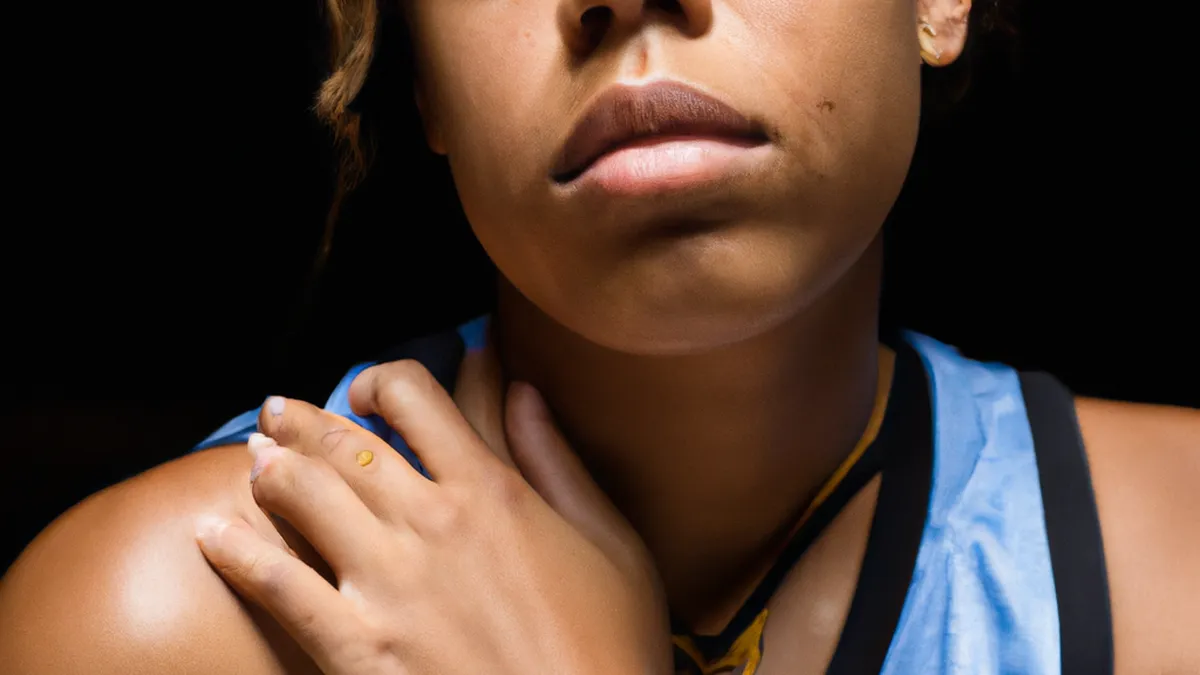Targeting ACL Health in Women’s Sports
Addressing Unique Injuries: ACL and Women’s Basketball
As an Amazon Associate I earn from qualifying purchases.
Gear tip: consider injuries, ankle resistance bands and tactics board to support this workout.
Women’s basketball showcases skill, speed, and athleticism. However, it also presents unique injury challenges. One common injury is the anterior cruciate ligament (ACL) tear. Female athletes must understand how to prevent and address ACL injuries. This blog post offers practical tips and emphasizes awareness, training, and support.
Understanding the ACL Injury
The ACL stabilizes the knee joint. It connects the femur to the tibia. The ACL controls knee movement, enabling running, jumping, and pivoting. Athletes risk damaging this ligament during these activities, especially in basketball. ACL injuries range from sprains to complete tears.
Research shows women face higher ACL injury risks than men, with female athletes 2 to 8 times more likely to suffer injuries. Several factors contribute to this disparity. Women typically have a wider pelvis, altering knee alignment and increasing ACL stress. Differences in muscle strength and neuromuscular control also increase injury susceptibility. Hormonal fluctuations during menstrual cycles may affect ligament strength and stability. Understanding these risks is crucial for female basketball players, coaches, and trainers.
Prevention Tips for ACL Injuries
Preventing ACL injuries begins with proper training and awareness of risk factors. Here are effective strategies:
1. Focus on Strength Training
Strengthen knee-supporting muscles to enhance stability. Incorporate exercises targeting quadriceps, hamstrings, and calves into training routines. Squats, lunges, leg presses, and deadlifts improve muscle strength. Aim for at least two strength training sessions weekly, progressively increasing resistance and intensity.
2. Improve Flexibility
Flexibility significantly aids injury prevention. Regular stretching enhances range of motion and prevents muscle imbalances. Include dynamic stretches before games and static stretches post-workout. Adding yoga or Pilates improves overall flexibility and balance, crucial for injury prevention in fast-paced sports.
3. Use Proper Technique
Proper technique reduces injury risk, especially during jumps and sudden stops. Coaches must emphasize correct landing techniques. Teach athletes to land softly with bent knees aligned over toes. This technique distributes forces evenly through the knee joint, reducing ACL stress. Drills focusing on jumping and landing mechanics reinforce these techniques.
4. Educate on Risk Factors
Educate athletes about ACL injury risks. Understanding individual body mechanics and external factors can help them make informed choices. Encourage open discussions about injuries and training practices.
Conclusion
In summary, understanding and addressing ACL injuries is vital for female basketball players. Prioritize strength training, flexibility, proper technique, and education to enhance injury prevention.
Below are related products based on this post:
FAQ
What is an ACL injury and why are female athletes at higher risk?
The anterior cruciate ligament (ACL) stabilizes the knee joint and is crucial for activities like running and jumping. Female athletes are at a higher risk for ACL injuries, being 2 to 8 times more likely to suffer from them compared to male athletes. Contributing factors include anatomical differences, such as a wider pelvis, as well as variations in muscle strength and neuromuscular control, and hormonal fluctuations that may affect ligament stability.
What are some effective strategies for preventing ACL injuries in women’s basketball?
Effective strategies for preventing ACL injuries include focusing on strength training to enhance knee stability, improving flexibility through regular stretching, using proper technique during jumps and sudden stops, and educating athletes about individual risk factors. Incorporating strength exercises targeting key muscle groups, dynamic and static stretching routines, and emphasizing correct landing techniques are essential steps for injury prevention.
How can coaches support female athletes in preventing ACL injuries?
Coaches can support female athletes by prioritizing education about ACL injury risks and implementing training programs that focus on strength, flexibility, and proper technique. They should emphasize the importance of landing techniques and conduct drills to reinforce these skills. Encouraging open discussions about injuries and providing a supportive environment for training can also significantly contribute to injury prevention.















Post Comment